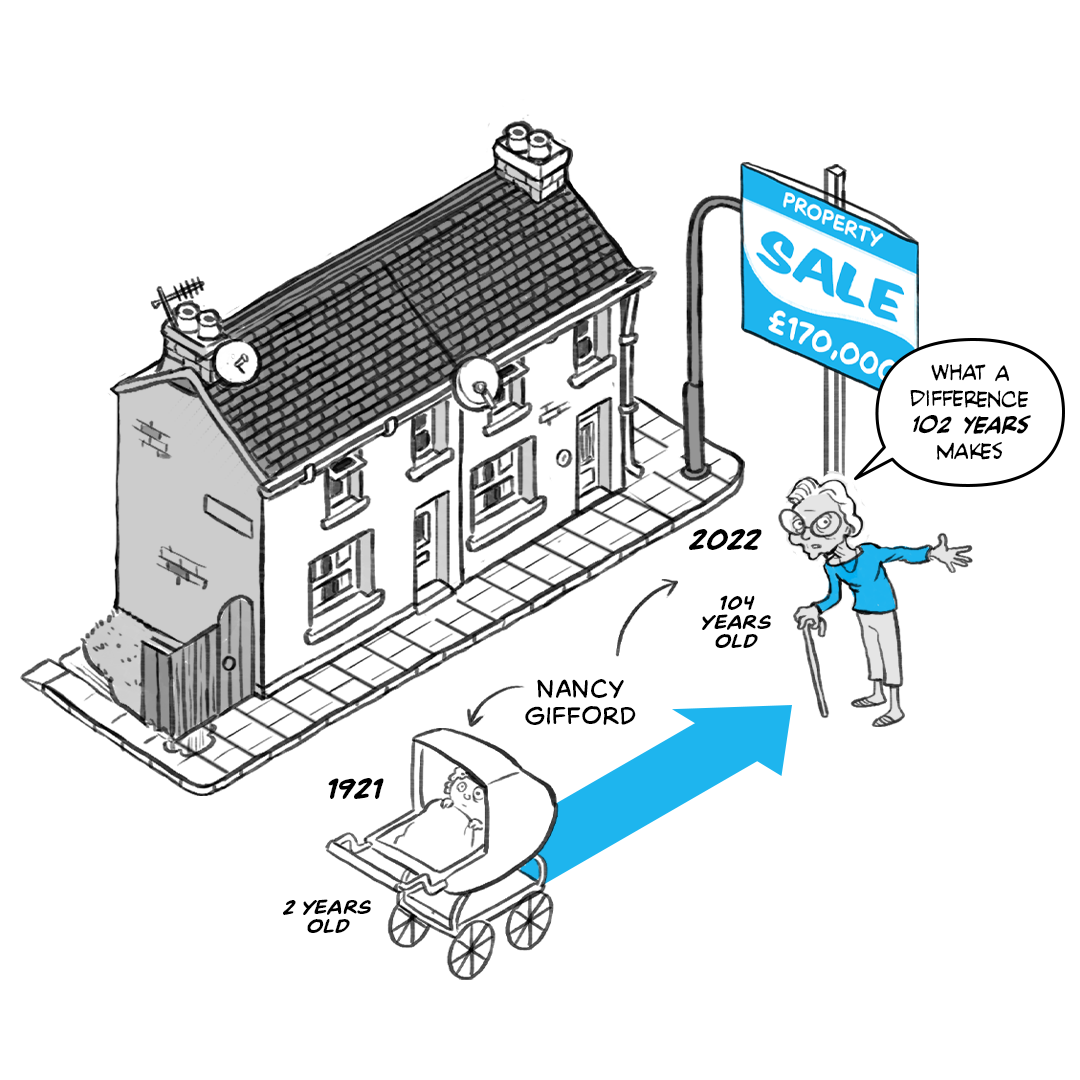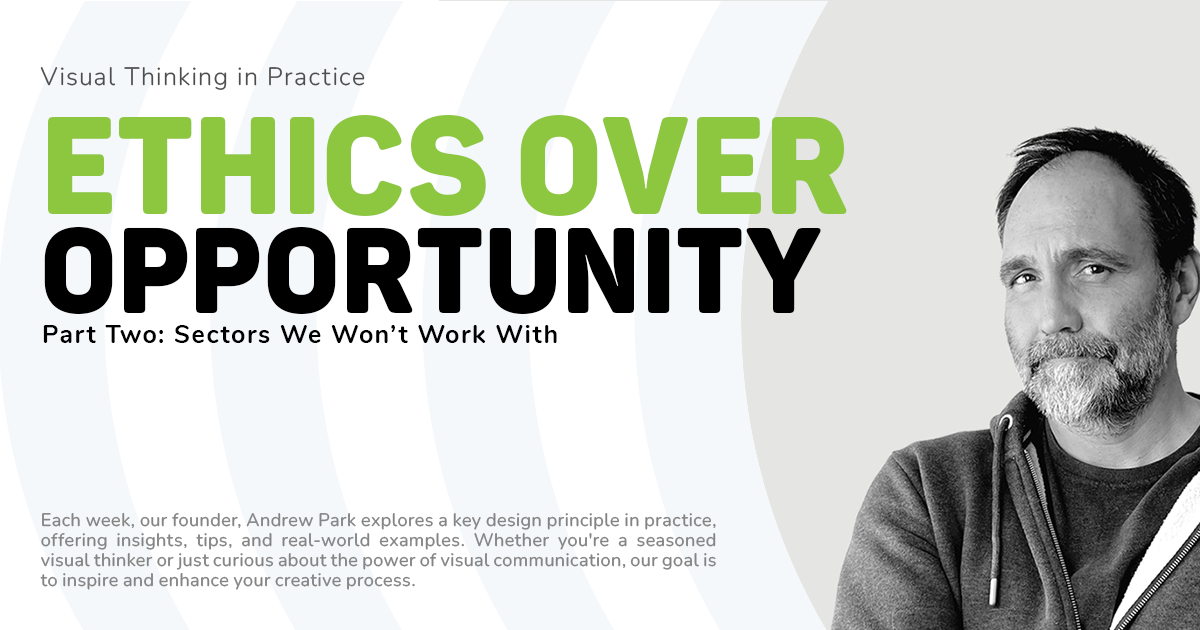The BLT Episode 9: Of Ice and Men
The BLT often includes animal content, and this episode is no exception, as we weave through the news stories that piqued our interest this week.
Are there stories perfect for the BLT that we’ve missed? Tell us, and find out more about how we work by getting in contact today!

Mickey Mouse might be leaving the clubhouse
Disney’s beloved Mickey Mouse character was created in 1928. US copyright laws dictate that in 2024, after 95 years, Disney could be losing their exclusive rights to the fun-loving mouse as his copyright expires.
But before you include Mickey in your next cartoon, make sure you’ve got the right version. It’s the rat-like black and white Steamboat Willie version that is entering the public domain.
Mickey will be following Winnie the Pooh into the public domain. Who knows what his fate will be? Winnie, whose copyright expired in January, is already set to be the star of a dark new horror film “Blood and Honey,” in which he goes on a killing spree!
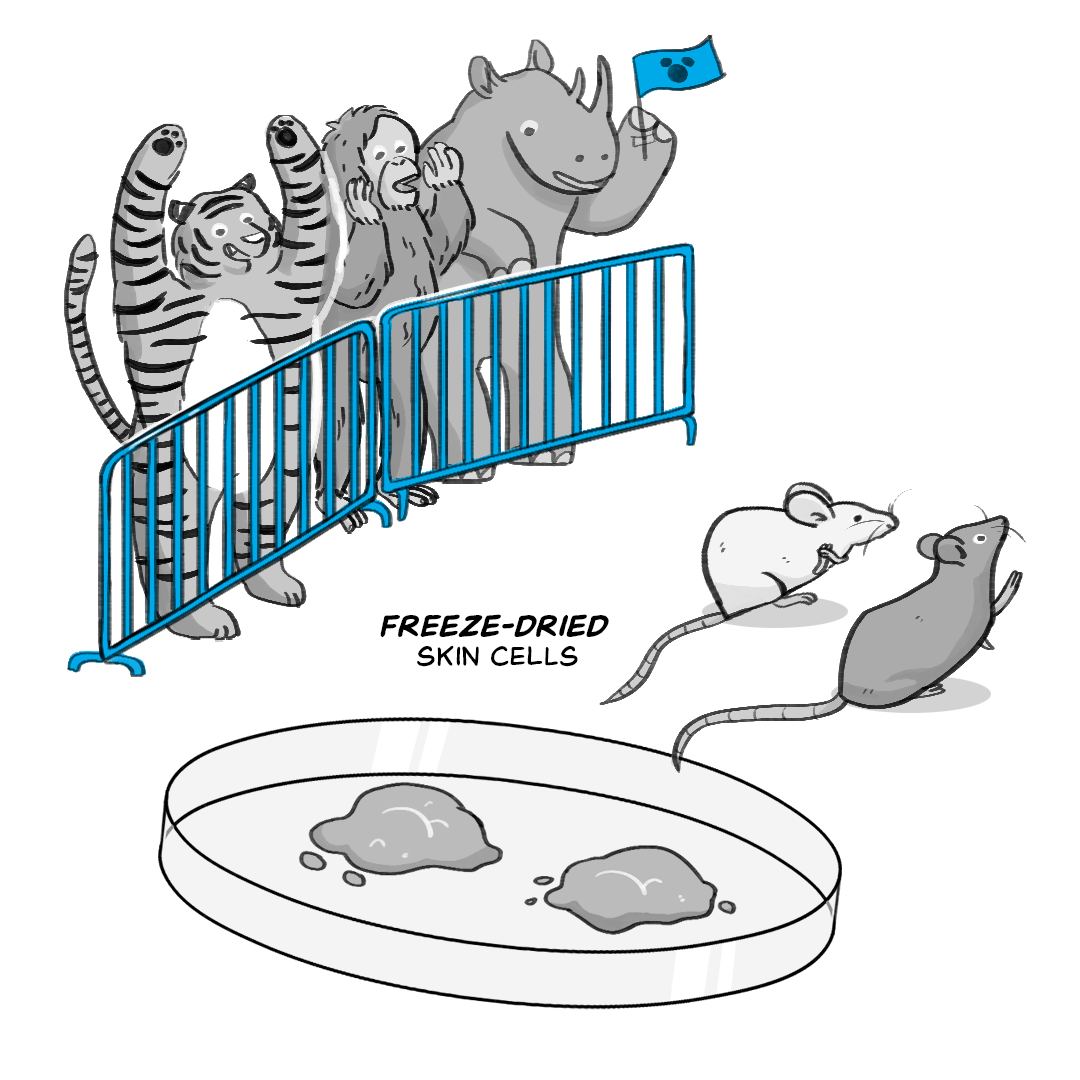
Mice cloned from skin cells
Speaking of copying mice, two mice have been cloned from freeze-dried cells that had been in storage for 9 months, and some even went on to have healthy babies. Though the process was inefficient and had a low success rate, conservations hope this technique can be developed in the future and used to revive dwindling populations of threatened species.

Adorable astronaut returns from space
In other rodent-related research, we’ve reached new heights.
A hamster ascended 23km into the second layer of Earth’s stratosphere in a balloon! Though some online have been calling the experiment cruel, KK Iwaya Giken – the company responsible – insists that the hamster was so cosy in its cabin that it snoozed for most of the journey. It landed in good health off the shore of Miyako Island in Japan.
The space-traveling hamster was used as a trial to pave the way for manned space-travel exploits. So, technically speaking, you could say the hamster was being used as a guinea pig.
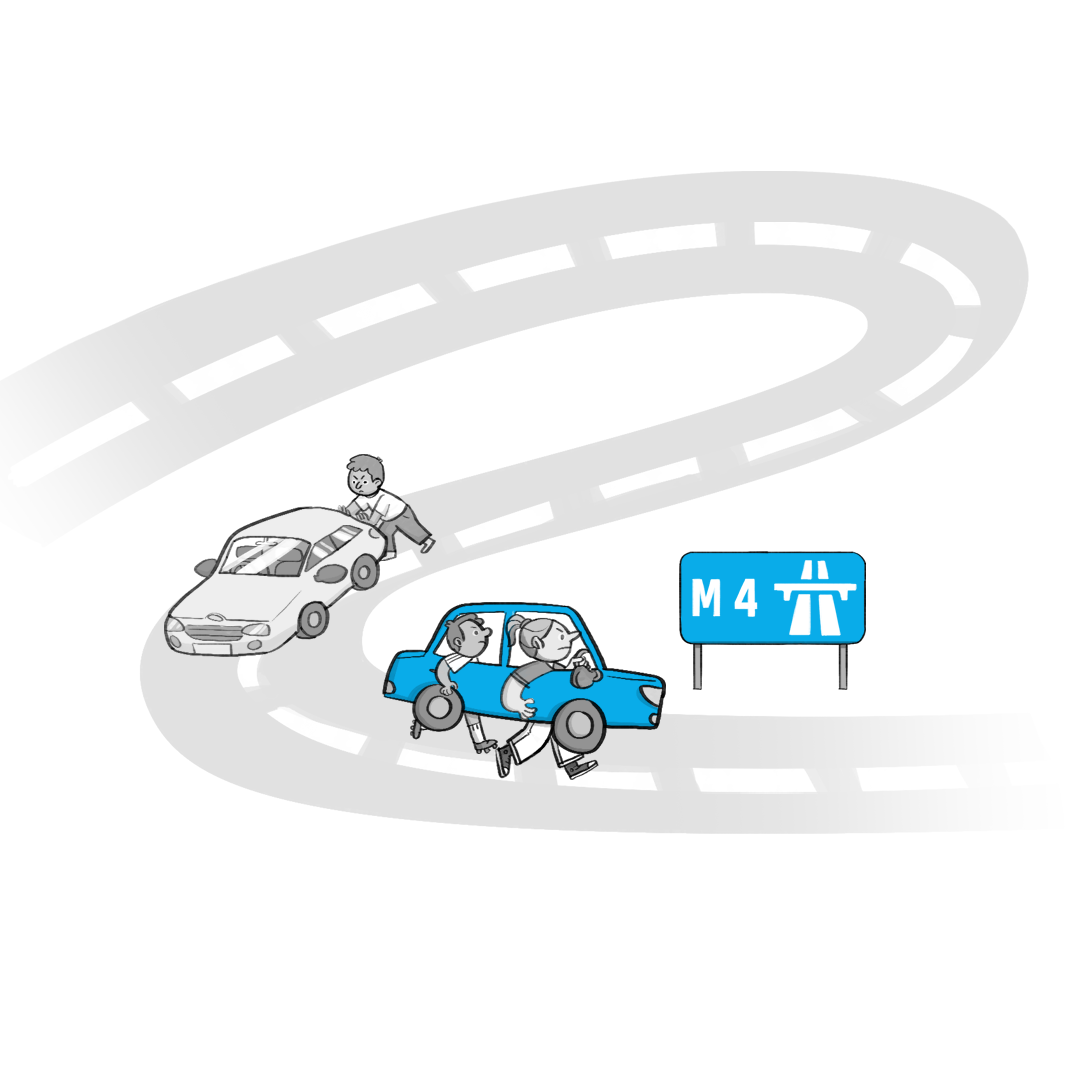
‘Go Slow’ protesters take to the roads
Just like hamsters, fuel prices are on the rise. New records have been set this week. In protest, people have organised a “go-slow” protest across England, Wales, and Scotland. Mainly targeting three-lane motorways, convoys have been going at 30 miles per hour—the legal minimum—in the slower two lanes. At least 12 protesters were arrested on the M4 for going even slower.

The world’s first large-scale sand battery
Did you ever think sand could be used to heat our homes and businesses? When we think of green energy solutions, sand might not be the first that springs to mind.
Polar Night Energy, a Finnish start-up, is taking advantage of sand’s heat-storing properties. They have made the world’s first sand battery. It’s essentially a large steel container filled with hundreds of tonnes of sand. When it’s heated with wind or solar energy, it stays hot for months.
The battery is currently heating the Kankaanpää district of Finland, keeping homes and offices toasty.
You can see a video delving into the details here.
Drones speed up the delivery of chemo drugs
Another new tech innovation taking off this week is drug-delivering drones. By cutting four-hour journeys down to just 30 minutes, health providers hope this high-speed approach will solve issues related to the short shelf-life of many chemo drugs.
The good news was announced on the NHS’s birthday, too!

Bye Bye Boris?
Finally, of course, we had to mention what’s been happening in the UK government this week.
Following pressure to step down, along with a wave of over 50 resignations by Tory MPs and ministers, Boris Johnston has resigned as Conservative leader. But it’s not goodbye just yet; he remains in office as prime minister until his successor is appointed, which could conceiveably be months.
We love using visual thinking and visual storytelling to create connected and layered whiteboard animations like this. We’d love to talk to you about how your message could look as a whiteboard animation, contact us today!
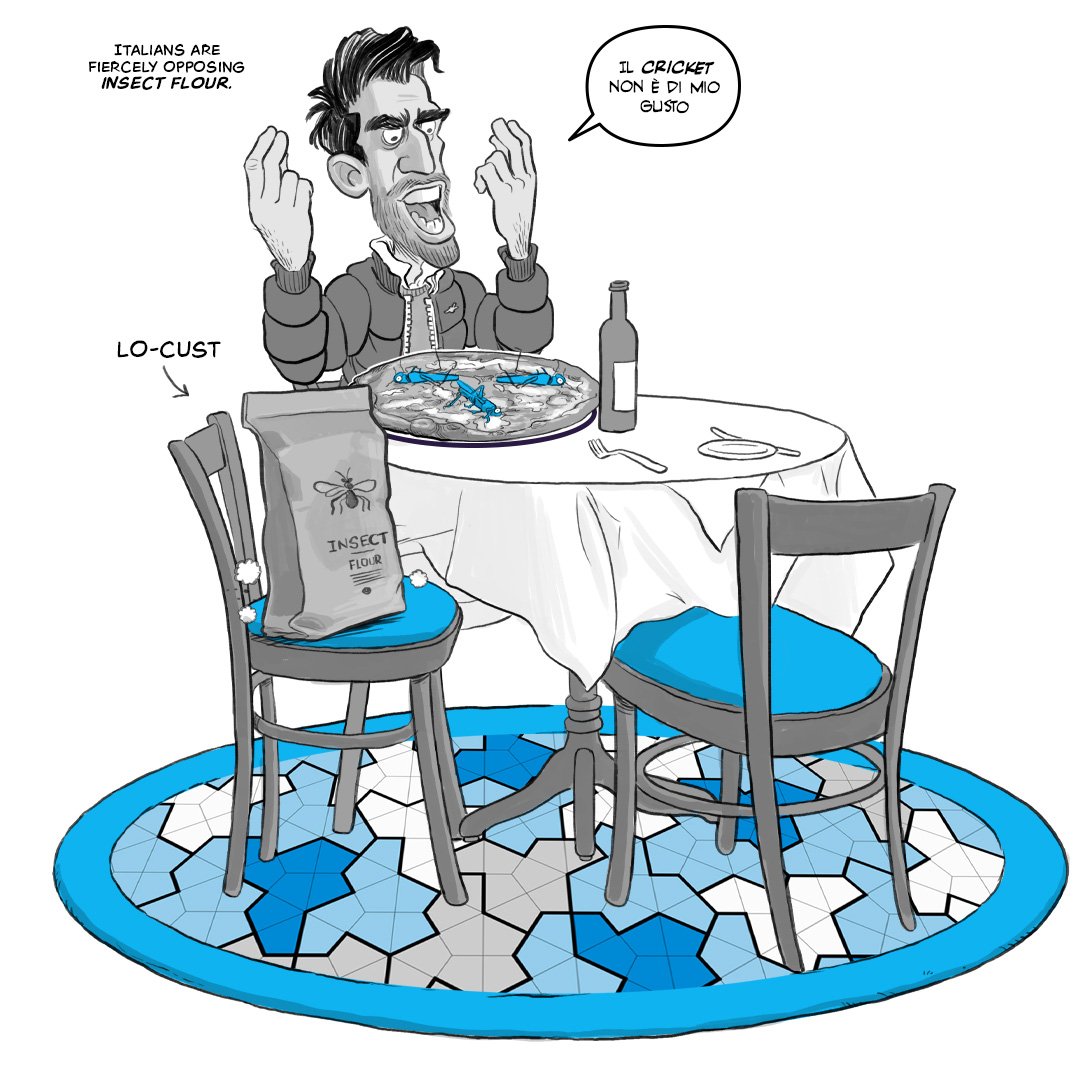
Explainer videos and engaging whiteboard animations, have emerged as powerful tools to convey complex messages with simplicity and creativity. Here, we explore nine innovative ways to integrate explainer animations into your marketing strategy, enhancing your brand's visibility, engagement, and conversion rates.
In the modern workplace, where attention spans are short, and information overload is common, utilizing innovative internal communication strategies is crucial. This article explores creative internal comms ideas, focusing on the power of animated explainer videos and whiteboard animations.
Often the very first books we encounter are picture books, our first introduction to the power of rich visual language. While our books change, the power of this language doesn’t. We’ve reflected on visual language, from picture books to explainer videos and whiteboard animation.
Whether it's making complex ideas feel simple or dry subjects feel engaging, our mission is to democratise knowledge. For over twenty years, we’ve been making this mission a reality, working on whiteboard explainer videos for clients across sectors ranging from education and health to international law and energy.
The best bit of our job is working with clients who have big ideas and complex messages. We’re always ready to make a complicated message feel relatable and understandable or help a visionary get their message out to the masses.
As pioneers of whiteboard animation videos, we’re proud of its ability to make the complex simple and share information far and wide. We want to share its explainer and storytelling superpowers with as many people as possible, but to quote a modern-day classic, ‘with great power comes great responsibility.’ That sometimes means saying ‘no’.
In today’s digital era, explainer videos have become indispensable tools for businesses, educators, and creatives to convey complex ideas in a clear and engaging manner. These videos, whether animated or utilizing techniques like whiteboard animation, captivate audiences and simplify intricate concepts.
We see whiteboard animation as a way of democratising knowledge and sharing the ideas that help us all understand and build a better, fairer world. It is packed with educational and visual storytelling tools that allow us to connect with viewers as we make even the biggest ideas accessible and understandable.
What’s the biggest hype narrative you’ve fallen for recently? Drop it below—no judgment. We’ve all bought something at 11 pm thinking it was genius, only to regret it by morning. (Although the Velcro drain unblocker is the shit!)
The Parker Probe isn’t just a shiny example of what humans can achieve when they stop arguing on X for five minutes. It’s also a reminder that big problems—whether they’re cosmic or corporate—need both boldness and a plan.
When we strip away the layers of imposter syndrome, it often boils down to storytelling—about who we are, what we’ve done, and where we’re headed. The narratives we tell ourselves shape our reality, and reframing those stories can unlock a healthier sense of self-worth.
Facebook and Instagram are going “back to their roots” of free expression. Because, clearly, what the internet desperately needed in 2025 was more rucks.
Watching The Traitors is like observing a high-stakes version of a spider weaving its web. Every accusation, every alliance, every teary-eyed confession pulls on the delicate threads of trust until the whole thing collapses in a heap of suspicion.
Ah, New Year’s resolutions. The annual tradition where we collectively trick ourselves into believing we’re only one heroic declaration away from becoming flawless human beings. This year, this will be the year we shed those bad habits like a moulting snake. Right? Wrong!
If you could pin down the essence of truth, could you draw it? That’s the question that lingered in my mind after speaking with Dan Ariely for my RSA Animate documentary—a project allowing me to reconnect with some of the most compelling thinkers of our time.
I have written a lot about failure. It’s something of a fascination for me. I am in a constantly evolving process with failure. When does failure become a success? Are there any true failures or is it just an endless process?
If you’ve spent any time in creative circles, you’ll know that while education has the potential to transform, we’ve been wielding this so-called "weapon" like a blunt instrument for far too long.
No matter where we find ourselves on the spectrum of human experience, creativity can play a vital role in survival, healing, and hope.
AI could revolutionise the NHS by taking on administrative tasks, giving doctors more time to spend with their patients. However, while this sounds like a dream solution, it comes with challenges. With great power comes great potential for, let’s face it, accidental chaos.
So, here’s the reflective takeaway: in a world of endless scrolling and relentless sameness, being bold is essential, but it’s only the first step. Jaguar has smashed the glass case, but now they need to decide what to do with the diamond.
Let’s face it, presenting isn’t just about showing up with slides and stats. It’s a performance. A dance. A chance to make ideas leap off the screen and stick. But how do you know if you’re nailing it? That’s where the Presentation Pulse Check comes in.
The familiar feels safe, even when it’s clearly sinking. Here’s the harsh truth: in a world that moves as fast as a TikTok trend, being slow to adapt is a recipe for stagnation.
Over-complication isn’t just tedious—it’s the nemesis of efficiency. Enter the KISS principle: “Keep It Simple, Stupid.”
Here’s the thing about getting comfortable – it’s the silent killer of real growth, and I am not talking about bottom-line growth – I’m talking about the type of growth that is far more valuable.
Ah, the Inverted Pyramid—It sounds like a tragic prog rock album you might find at a car boot sale, but it’s a concept that’s as intriguing as it is practical.
Sometimes it’s bloody tempting to focus on fighting today’s fires while forgetting the bigger picture, isn’t it?
Affordance is how something shows you what it can do, like a door handle that makes you want to pull the door open or a button that looks like it should be pressed.
Have you ever been in a meeting where you could just feel your team's energy slipping away? Sometimes meetings drag on, and fresh ideas are as rare as a decent cup of tea, well, in the whole of America!
This peculiar proportion, approximately 1.618, has been lurking in the shadows of human creativity for millennia, like a mathematical James Bond, seducing architects, artists, and designers with its promise of perfection.
Have you ever been in a meeting where you could just feel your team's energy slipping away? Sometimes meetings drag on, and fresh ideas are as rare as a decent cup of tea, well, in the whole of America!

